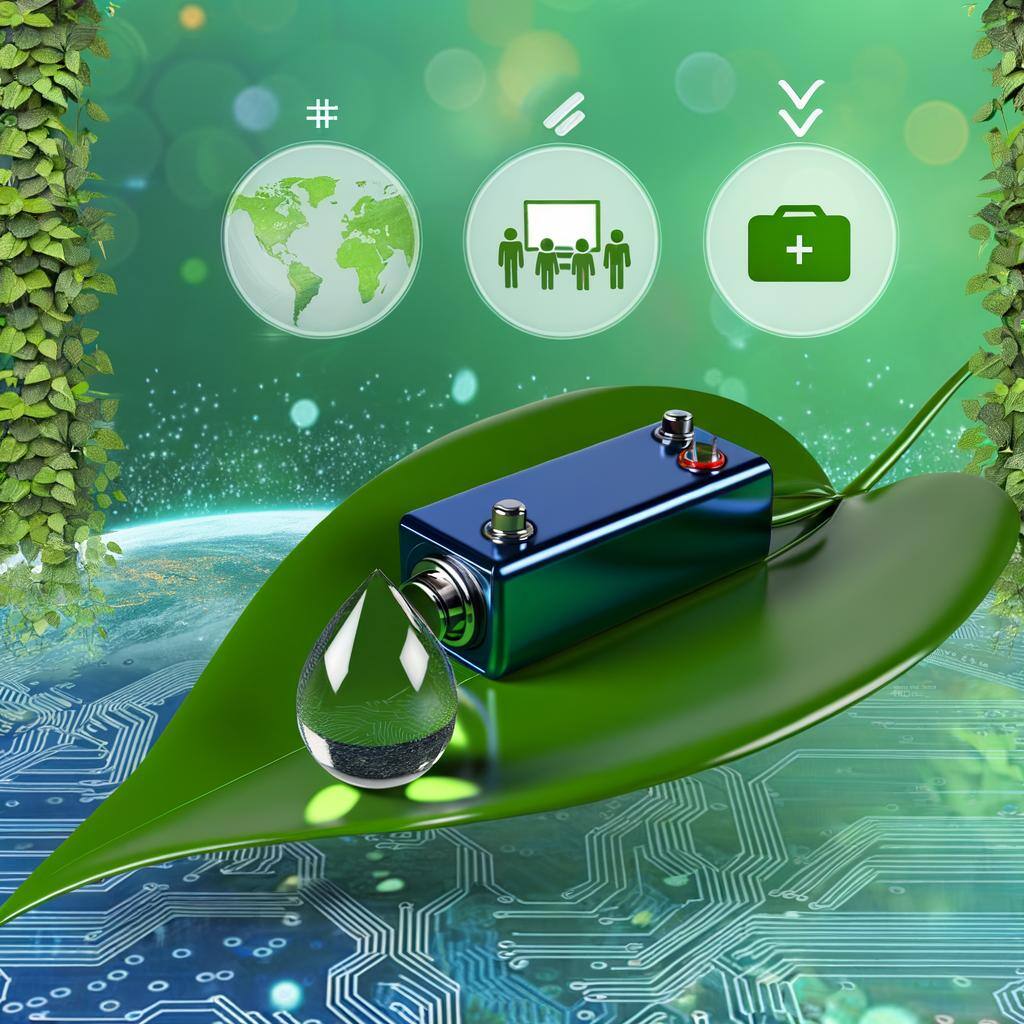Tags
Posts
2024
June
2022
2021
Rudolph Bros Wins Henkel Partner of the Year
[06/13/24 03:27 PM]
Switching to Water-Based Mold Release for EVs
[06/07/24 09:15 AM]
May
April
November
2020
Henkel Alodine Touch N Prep Pen
[11/09/21 09:43 AM]
How Do You Load a 50mL Cartridge?
[11/02/21 10:08 AM]
October
September
February



